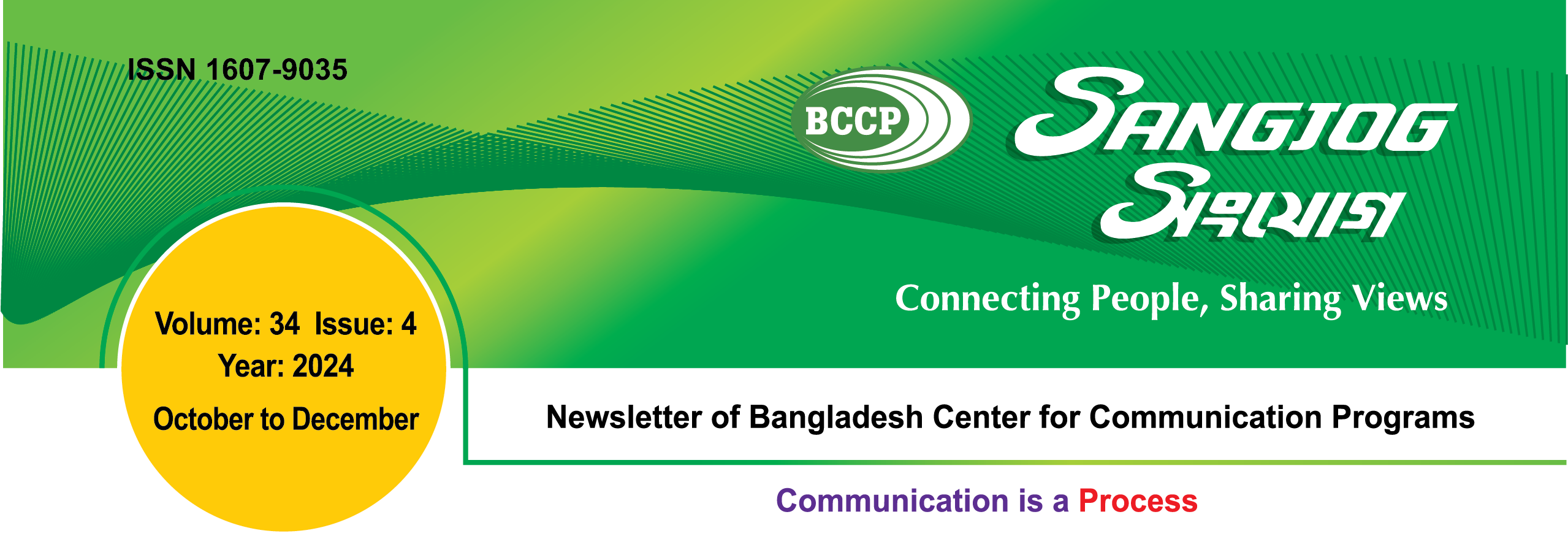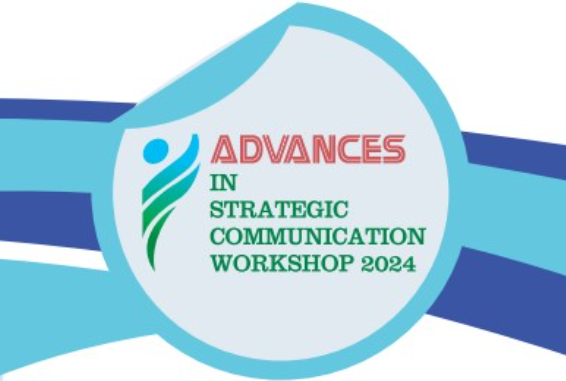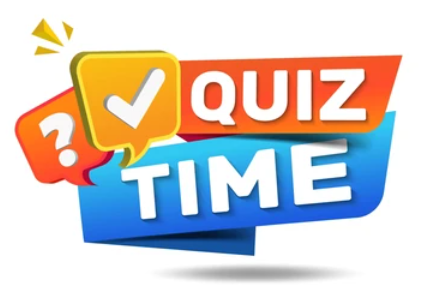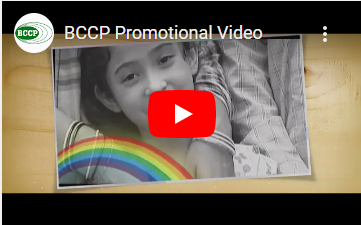Driving Social Change: The Role of Strategic Communication in Social Development
Communication is an essential part of life. Humans learn to communicate even before we can talk or read and write. The earlier one-directional concept of Information, Education and Communication/Motivation (IEC/IEM) has been transformed into the interactive Social and Behavior Change Communication (SBCC) or simply SBC, where the problems and needs of the audience, program and environment are explored and assessed, and communication is designed to address these needs. Communication has long been used successfully to drive positive social and behavior change in immunization programs, oral rehydration, girls’ education, prevention of child marriages, and many more. Behavior change and social change are inter-related and need to occur across all participants and stakeholders for the program to make a difference. Social change is most commonly understood as a process of transformation in the way society is organized, and in the distribution of power within various social and political institutions. Social change and development refer to the transformation of social structures, norms, values, and behaviors that affect the well-being of individuals and communities and can be achieved through carefully planned strategic communication.
Defining Strategic Communication
Communication becomes strategic when it is done with a goal or purpose; to reach focused and relevant audiences; through accessible channels and media; and the outcome is measurable so that the program can be followed up or scaled up.
 Strategic communication is a deliberate process used to inform, influence, and persuade audiences to achieve a specific social change. This approach integrates planning and execution of communication initiatives tailored to shift public opinion, modify behaviors, and mobilize action towards a social cause.
Strategic communication is a deliberate process used to inform, influence, and persuade audiences to achieve a specific social change. This approach integrates planning and execution of communication initiatives tailored to shift public opinion, modify behaviors, and mobilize action towards a social cause.
The success of a communication program depends on a well-conceived plan and detailed implementation schedule developed through following a systematic and scientific process. BCCP has followed the “P- process” as a ‘mainframe’ to design communication and media strategies for social and behavior change. The P-process is a tested and proven tool for planning, designing and implementing communication programs. Within this ‘mainframe’, other models and approaches are used to facilitate the development and implementation of the planned communication interventions to achieve the desired goal(s).
Key Principles
1. Understanding the Audience:
• Knowing the target demographics, beliefs, values, and attitudes.
• Identifying the best platforms and methods to reach and engage them.
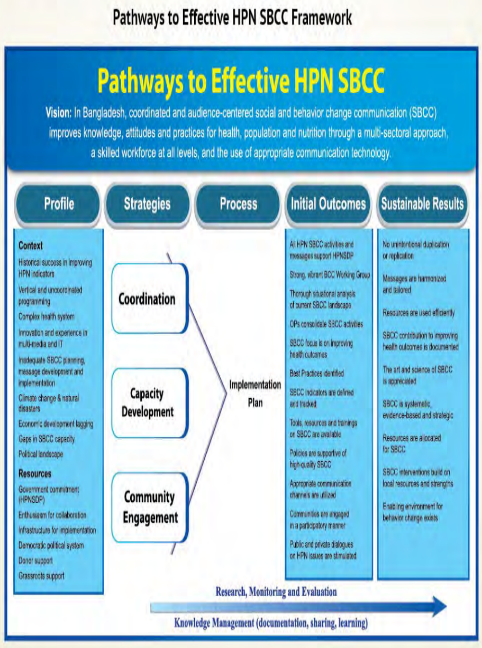 2. Crafting the Message:
2. Crafting the Message:
• Developing clear, compelling messages that resonate with the audience.
• Utilizing channels to create emotional connections and drive empathy.
3. Leveraging Media:
• Utilizing traditional media (TV, radio, print) and digital media (social networks) to disseminate messages.
• Engaging with local influential and media personalities to amplify the message.
4. Community Engagement:
• Involving the community in dialogues and initiatives.
• Encouraging grassroots movements and local advocacy.
5. Evaluation and Feedback:
• Monitoring the impact of communication efforts.
• Adapting strategies based on feedback and results.
Other Communication Processes
By employing various communication strategies and methods, we can recognize the diverse nature of stakeholders and the intricate context.
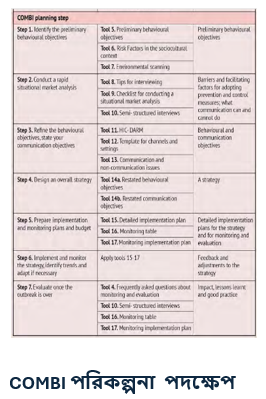
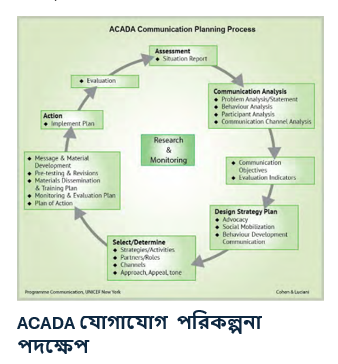 These approaches aim to foster awareness, shift knowledge, attitudes, and behaviors, enhance commitment and coordination, and build capacity.
These approaches aim to foster awareness, shift knowledge, attitudes, and behaviors, enhance commitment and coordination, and build capacity.
Strategic communication is an evidence-based, results-oriented process, undertaken in consultation with the participant group(s). It is intrinsically linked to other programme elements, cognisant of the local context and favouring a multiplicity of communication approaches, to stimulate positive and measurable behaviour and social change.
Social Change through Strategic Communication
Social change and development is about improving the well-being of every individual in society so they can reach their full potential. The success of society is linked to the well-being of each and every citizen. Communication for social change has been defined as a process of public and private dialogue through which people define who they are, what they want and how they can get it.
Social development means investing in people. It requires the removal of barriers so that all citizens can journey toward their dreams with confidence and dignity. It is about refusing to accept that people who live in poverty will always be poor. It is about helping people so they can move forward on their path to development and self-sufficiency.
Social change through communication involves using various forms of media and interactions to alter societal norms, values, and behaviors. Effective communication strategies are essential in driving social movements, raising awareness, and influencing public opinion.
Strategies for Effective Social Communication
• Consistent Messaging: Maintaining consistency across all platforms to build a strong, recognizable campaign.
• Cultural Sensitivity: Tailoring messages to respect and reflect cultural nuances and diversity.
• Partnerships and Collaborations: Engaging with influential persons, organizations, and stakeholders to clarify and promote the message.
• Enter-educate: Utilizing powerful narratives to humanize social issues and create emotional connections.
Driving Social Change: BCCP Success stories
1. Promoting the use of health clinics – Green Umbrella, Shurjer Hashi, Rong Dhonu
2. Increasing adolescents’ life skills and puberty awareness
3. Anti-Trafficking and Sexual Exploitation Campaign (ATSEC)
4. Combatting early marriage
5. Developing youth leadership
6. Empowering women in development
7. Opposing child labor
8. Promoting mental health
Conclusion
Strategic communication for social change is a dynamic and powerful tool that requires careful planning, creativity, and adaptability. By effectively engaging audiences and fostering meaningful dialogue, it can lead to significant and sustainable social transformation. Communication is a compelling mechanism for social change, capable of transforming societies by shifting mindsets and behaviors. By leveraging strategic communication, we can address pressing social issues, mobilize communities, and drive positive change.
